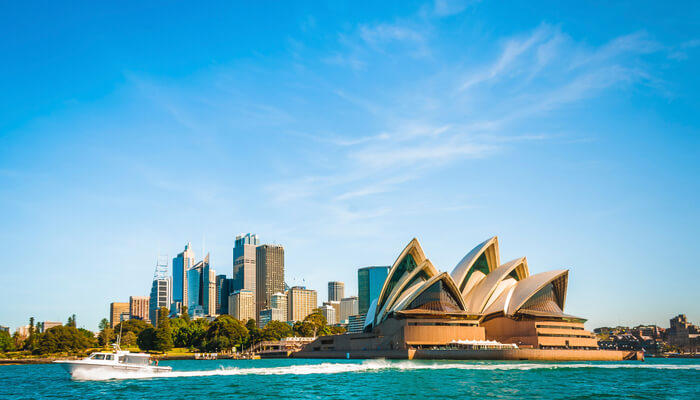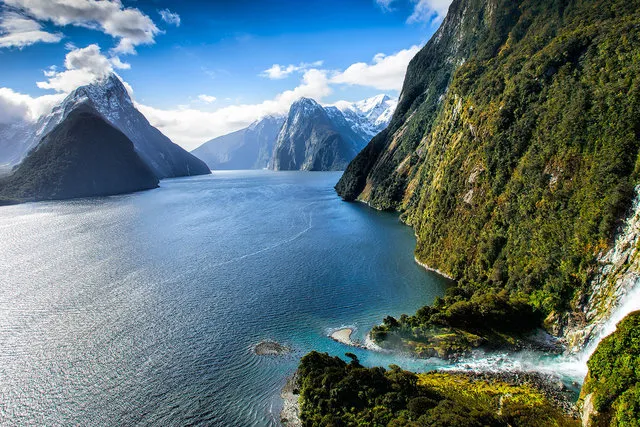- contact@nrgglobal.com.au
- +61 0407 538 069
- Address : PO BOX 327, Essendon 3040

Tourism in Australia is an essential part of the Australian economy and consists of domestic and international visitors. Prior to Covid-19, in the financial year 2018/2019 tourism grew in Australia to the fourth largest country to receive tourists over the previous decade and was growing faster than national GDP growth. It represented 3.1% of Australia’s GDP contributing A$60.8 billion to the national economy. Domestic tourism was and continues to be a significant part of the tourism industry, representing 73% of the total direct tourism GDP .It has taken on an even more significant role since the arrival of the Covid-19 pandemic impacting the international tourist arrivals as Australia closed its international borders in March 2020. During the pandemic, Australians travelled intrastate and interstate when borders were open.
New Zealand known as an Island in the South Western Pacific Ocean. It consists of two main land masses the North Island and the South Island. It also contains over 700 smaller islands, covering a total area of 268,021 square kilometres. New Zealand is about 2,000 kilometres east of Australia across the Tasman Sea and 1,000 kilometres south of the islands of New Caledonia, Fiji, and Tonga. New Zealand’s capital city is Wellington, and its most popular city is Auckland.


Canada has an extensive domestic and foreign tourism industry. The second largest country in the world, Canada’s incredible geographical variety is a significant tourist attraction. Much of the country’s tourism is centred in the following regions: Toronto, Montreal, Quebec City, Vancouver/Whistler, Niagara Falls, Vancouver Island, Canadian Rockies, British Columbia’s Okanagan Valley, Churchill, Manitoba and, the national capital region Ottawa. The large cities are known for their culture, diversity, as well as the many national parks and historic sites.
In 2012, over 16 million tourists arrived in Canada, bringing US$17.4 billion in international tourism receipts to the economy. Domestic and international tourism combined directly contributes 1% of Canada’s total GDP and supports 309,000 jobs in the country.
Copyright © 2022 NRG Global Migration. Design By: Nubevest